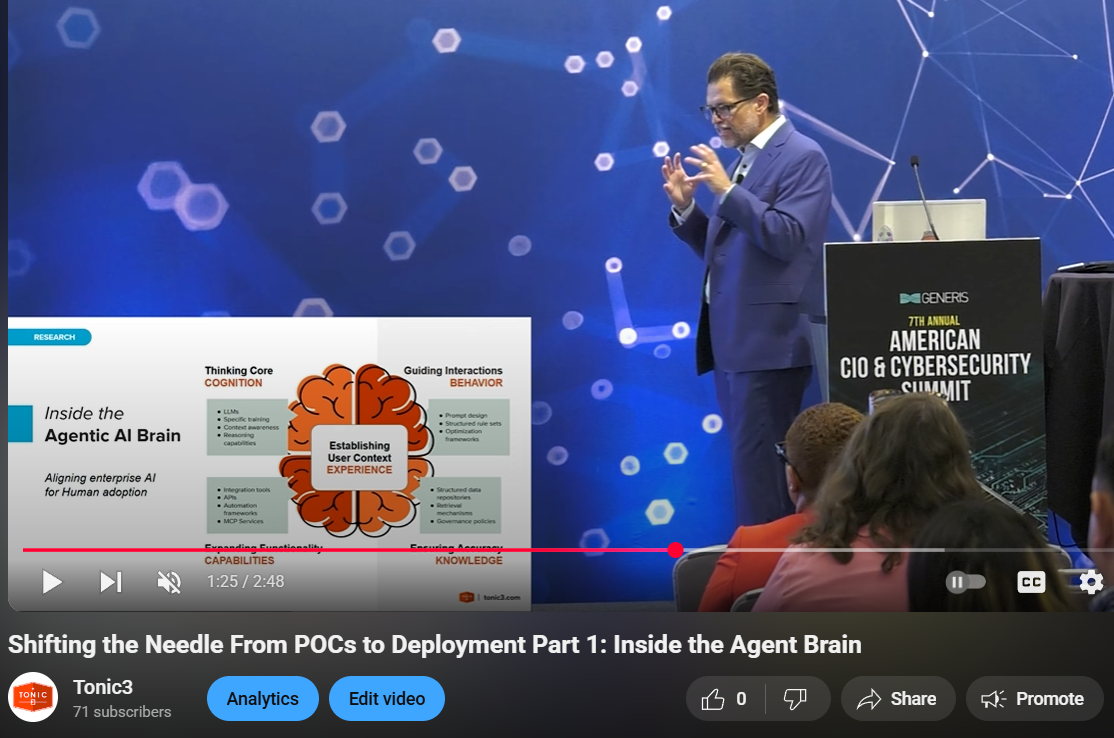Streamline Automated Workflows with HITL Agent Orchestration

Organizations can elevate performance and realize their full ROI on IT investments with seamless integration of human-in-the-loop (HITL) agent orchestration.
AI Agent Orchestration for Compliance and Productivity
In the rapidly evolving landscape of AI, it's crucial for organizations to orchestrate their AI agents effectively to ensure compliance and boost productivity. Human-in-the-loop (HITL) agent orchestration bridges the gap between AI's technical capabilities and real-world usability. By incorporating human oversight in the orchestration process, organizations can ensure that AI agents operate within regulatory frameworks and adhere to company policies, thereby mitigating compliance risks.
Moreover, HITL orchestration enhances productivity by enabling AI agents to handle routine tasks autonomously while human operators focus on more complex decision-making processes. This hybrid approach not only accelerates workflows but also ensures AI systems remain aligned with business goals and user expectations.
The Core Components of an Intelligent AI Agent Brain
Building an intelligent AI agent requires a deep understanding of its core components: cognition, behavior, capabilities, and knowledge. The 'brain' of an AI agent integrates large language models (LLMs), rules, and APIs to form a robust orchestration system that can handle complex tasks and workflows.
 Cognition is the foundation, enabling the AI to process information, reason, and generate meaningful responses. Behavior modeling shapes the user interactions, ensuring responses are aligned with business goals and user expectations. Capabilities define the functional potential of the AI, allowing it to integrate with external systems and execute complex tasks. Knowledge ensures that the AI's responses are accurate and based on high-quality data sources. By understanding and developing these components strategically, organizations can create AI agents that drive tangible business value.
Cognition is the foundation, enabling the AI to process information, reason, and generate meaningful responses. Behavior modeling shapes the user interactions, ensuring responses are aligned with business goals and user expectations. Capabilities define the functional potential of the AI, allowing it to integrate with external systems and execute complex tasks. Knowledge ensures that the AI's responses are accurate and based on high-quality data sources. By understanding and developing these components strategically, organizations can create AI agents that drive tangible business value.
Navigating the Compliance Challenges of AI Deployment
Deploying AI agents within an organization comes with a host of compliance challenges. Security and regulatory compliance are paramount, with 53% of tech leaders and 62% of practitioners identifying security as their number one challenge. Organizations must integrate robust security and compliance features into their AI ecosystems to harness the power of autonomous AI while mitigating inherent risks.
This involves establishing comprehensive data governance frameworks that align with business objectives, understanding user needs, and ensuring transparency and traceability. By doing so, organizations can confidently deploy AI agents that comply with regulatory requirements and protect sensitive enterprise data.
Strategic Imperatives for a Successful AI Ecosystem
Creating a successful AI ecosystem requires organizations to focus on several strategic imperatives. Data governance and quality are foundational, ensuring that AI agents are trained on accurate and relevant data. Robust security and compliance measures protect sensitive data and mitigate risks associated with AI deployment.
Scalability and flexibility are also critical. Organizations must design their AI ecosystems to scale efficiently, incorporating multi-LLM, multi-cloud, and hybrid deployments as needed. Human-in-the-loop (HITL) functions should be prioritized to ensure that human operators can guide and review AI actions, maintaining control over critical decisions and data sovereignty.
Prioritizing Human-in-the-Loop for Enhanced AI Capabilities
Human-in-the-loop (HITL) integration is essential for enhancing the capabilities of AI agents. By incorporating human oversight, organizations can ensure that AI systems remain accurate, compliant, and aligned with business objectives. HITL functions allow human operators to review and guide AI actions, ensuring that critical decisions are made with a comprehensive understanding of context and potential implications.
This approach not only enhances the reliability and effectiveness of AI agents but also enables organizations to scale their AI initiatives more efficiently. By strategically integrating HITL principles into AI agent orchestration, organizations can maximize their return on investment in AI technologies and drive innovation and efficiency across their enterprises.
Build AI Quick Wins with Human-centered Design Thinking
IT leaders can drive momentum and scale Agentic AI adoption by taking these three strategic actions:
- First, apply design thinking principles to create user-centric solutions that tackle real-world challenges, ensuring your AI systems are intuitive and meet user needs.
- Next, integrate Human-in-the-Loop (HITL) development to maintain continuous human oversight, boosting AI reliability and compliance, which builds trust and encourages wider adoption.
- Finally, merge these approaches to enable iterative improvements, using feedback loops to refine AI capabilities and keep them aligned with evolving business goals and user expectations.
Companies seeking flexible and scalable AI adoption choose Tonic3 for our team's deep expertise in human-centered design thinking and a commitment to seamless HITL integration. Tonic3 ensures AI systems are not only robust and compliant but also adaptable to evolving business needs. Leaders under pressure to deliver tangible results from AI implementation can confidently navigate the complexities of AI deployment, ensuring their systems are both future-ready and aligned with strategic objectives.
Schedule a meeting to identify a good starting point for your Agentic AI plans.
Frequently Asked Questions
HITL design thinking enhances AI agent orchestration by integrating human oversight into the AI decision-making process. This approach allows human operators to intervene and guide AI actions, ensuring compliance with regulatory frameworks and alignment with business objectives. By combining human judgment with AI capabilities, organizations can improve the accuracy and reliability of AI systems.
Agentic AI refers to AI systems designed to act autonomously while maintaining alignment with human intentions and ethical standards. The core components of an AI agent intelligence include cognition, behavior, capabilities, and knowledge. Unlike traditional AI models that may operate solely based on pre-defined algorithms, agentic AI incorporates human oversight and decision-making processes, ensuring AI actions are consistent with organizational goals and regulatory requirements.



.png?width=900&height=408&name=Inside%20the%20Agent%20Brian%20(3).png)